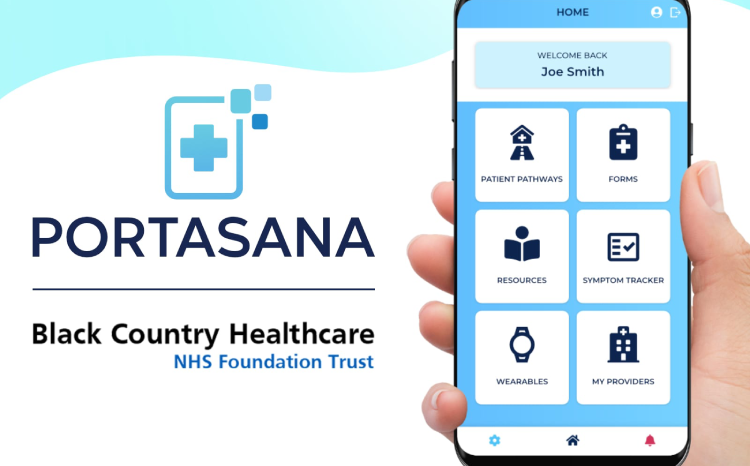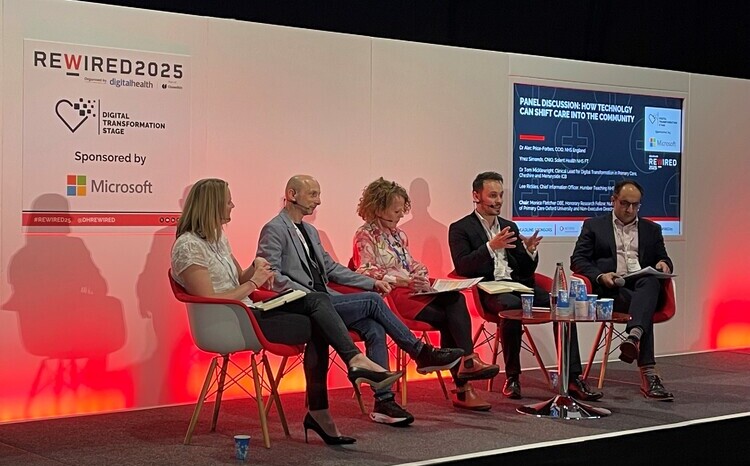Salisbury selects Lorenzo
- 20 August 2015

Salisbury NHS Foundation Trust has chosen CSC as preferred bidder to provide its Lorenzo electronic patient record system.
An EPR Project report, presented to the board this month, says the trust plans to negotiate a ten-year contract with the company and to start rolling out the system in two phases from July next year.
Salisbury went to tender for an EPR in October last year and received 18 responses, from which six companies were invited to tender.
The trust already uses the iPM patient administration system developed by iSoft, which was bought by CSC in 2011. It is one of the so-called iSoft 7 trusts that signed a deal with the company in 2006 to stick with their existing systems, instead of becoming part of the National Programme for IT. This five-year deal was later extended to 2016.
The report says the trust already has a strong working relationship with CSC and that Lorenzo was developed specifically to meet the needs of the NHS in England.
Salisbury is considering a ‘software as a service’ model, which will cost around £1 million a year. The report says the price is offset by around £700,000 a year due to a reduction in costs for other systems that the EPR will replace.
The outline business case identifies cash releasing benefits of nearly £12 million over 10 years and non-cash releasing benefits of around £5.7 million over 10 years. The final business case will look to validate that these benefits are achievable and can be tracked over the term of the contract.
Salisbury plans to implement the EPR over two years. The first phase will see the roll-out of the patient administration system, order communications, A&E, clinical documentation and the data warehouse.
The second phase will involve maternity, theatres, e-prescribing, an internal clinical portal and the introduction of a patient portal provided by a different supplier. The trust is also going live with a WinDip electronic document management system.
The EPR Project report says the availability of high quality patient information at the point of healthcare delivery is “limited by the trust’s existing IT systems”.
Its PAS has been in use for 20 years and there is only a basic level of integration between its systems. This means that if a patient is admitted to hospital via the A&E, the information generated in the emergency department cannot be electronically transferred to the inpatient teams.
The trust hopes that an integrated EPR will provide staff with accurate up-to-date information about patients at the point of care and allow sharing of information to improve care and reduce errors.
The trust considered implementing an open source PAS, but “changes in central funding made this option less attractive” and no open source suppliers were successful in qualifying at the early stages of procurement.
Lorenzo is live in 12 English hospital sites, of which eight were deployed in the last 18 months.




